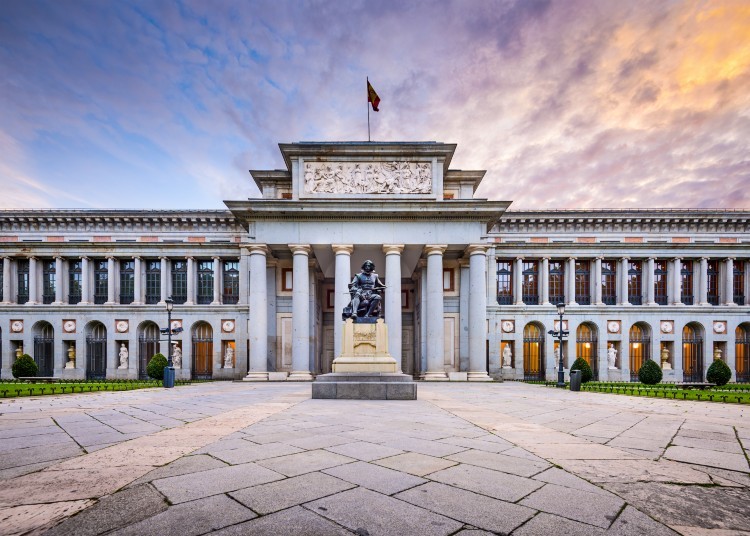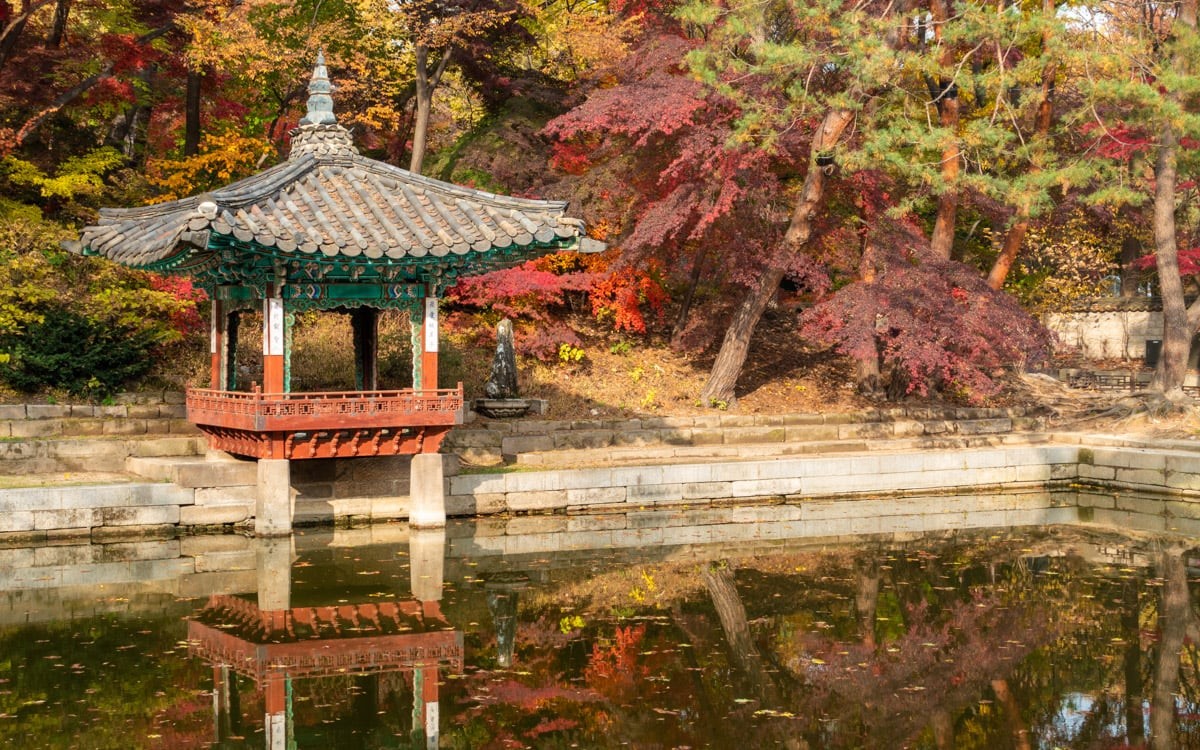
The Prado Museum: A Treasure Trove of Artistic Materpieces in Madrid
The Prado Museum: A Treasure Trove of Artistic Masterpieces in Madrid
The Prado Museum (Museo del Prado) in Madrid is one of the world’s most esteemed art galleries, housing a vast collection of masterpieces that span centuries of European art history. Located in the heart of Spain’s vibrant capital, this iconic institution is a beacon of artistic excellence and cultural heritage. With its impressive collection of paintings, sculptures, and decorative arts, the Prado Museum offers visitors a journey through some of the most significant works of art ever created, making it a must-see destination for art lovers and history enthusiasts alike.
A Rich History of the Prado The Prado Museum’s origins date back to the late 18th century, when King Charles III of Spain envisioned a building dedicated to promoting the arts and sciences. The neoclassical structure that houses the museum today was designed by renowned architect Juan de Villanueva and completed in 1785. Initially intended to be a natural history museum, the building’s purpose was redefined by King Ferdinand VII, under the influence of Queen Maria Isabel de Braganza, who saw its potential to showcase the royal art collection. The Prado officially opened its doors in 1819 and was initially home to a collection of 311 paintings from the Spanish Royal Collection.
Over the centuries, the Prado has expanded both its building and its collection, making it one of the largest and most comprehensive art museums in the world. It now holds more than 8,000 paintings, 6,000 drawings, and 2,400 prints, though only a fraction of these are on display at any given time. The Prado’s focus is particularly strong on Spanish masters, but it also boasts a rich selection of works from Italy, the Netherlands, and other European countries.
A Stellar Collection of Art What truly sets the Prado Museum apart is the quality of its collection. The museum is home to an unparalleled array of masterpieces by some of the greatest painters in history, including Francisco Goya, Diego Velázquez, El Greco, Peter Paul Rubens, Titian, and Hieronymus Bosch. The depth and diversity of its collection make it a haven for art connoisseurs and a place where visitors can appreciate the evolution of Western art.
At the heart of the Prado’s collection are works by Spanish artists, with Francisco Goya’s contributions being particularly notable. Goya, who served as the court painter for several Spanish kings, is represented in the museum with over 140 paintings. His works span various styles and subjects, offering a profound insight into the social and political issues of his time. Two of his most famous paintings, The Third of May 1808 and The Naked Maja, are among the most iconic pieces in the museum, showcasing his masterful technique and his ability to capture human emotion with raw intensity.
Another cornerstone of the Prado’s collection is Diego Velázquez’s Las Meninas, often regarded as one of the greatest paintings ever created. This enigmatic masterpiece, depicting the young princess Margarita surrounded by her attendants and Velázquez himself, continues to captivate audiences with its complex composition and intricate play of perspective. Velázquez’s brilliance as a portraitist and his influence on subsequent generations of artists is palpable throughout the Prado.
The Prado is also home to a significant collection of works by El Greco, whose distinctive style—marked by elongated figures and dramatic use of color—makes him one of Spain’s most influential painters. His religious works, such as The Annunciation and The Adoration of the Shepherds, showcase his unique approach to spirituality and artistic expression.
European Masterpieces Beyond Spain While the Prado’s strength lies in its Spanish art collection, it also boasts an exceptional range of European masterpieces. The museum holds an extraordinary selection of works by Flemish painter Peter Paul Rubens, whose grandiose and dynamic compositions, such as The Three Graces and The Judgement of Paris, exemplify the power and beauty of Baroque art. Rubens’ prolific career and influence on European art are evident in the Prado’s extensive collection of his paintings.
The Italian Renaissance is also well represented in the Prado’s halls, with works by artists such as Titian and Raphael. Titian’s Danaë and Venus and Adonis are among the standout pieces, showcasing his masterful use of color and sensual depictions of mythological themes. The Prado’s collection of Renaissance art further includes works by Andrea Mantegna, Fra Angelico, and Sandro Botticelli, offering visitors a chance to experience the artistic revolution that transformed Europe during the 15th and 16th centuries.
One of the most famous non-Spanish works in the Prado’s collection is Hieronymus Bosch’s The Garden of Earthly Delights. This triptych is one of the most enigmatic and fantastical works of art in history, filled with surreal imagery that defies easy interpretation. The painting's intricate details and its exploration of themes related to sin, temptation, and paradise make it a must-see for anyone visiting the museum.
Architectural Elegance The Prado Museum’s neoclassical building is a work of art in itself. Designed by Juan de Villanueva, the building’s clean lines, symmetrical design, and stately columns create an elegant yet understated setting for the priceless works housed within. Over the years, the museum has undergone several expansions to accommodate its growing collection, including the addition of the Cason del Buen Retiro and the Jerónimos Building, which seamlessly blend modern architectural elements with the museum’s historic character.
The museum’s interior is designed to guide visitors through the evolution of European art, with each room carefully curated to highlight specific artists, periods, or schools of painting. The spacious galleries and natural light that filters through the windows provide an ideal environment for viewing the masterpieces, allowing visitors to fully appreciate the detail and beauty of each work.
A Dynamic Cultural Hub Beyond its vast collection of permanent exhibits, the Prado Museum is also a dynamic cultural institution that hosts temporary exhibitions, lectures, workshops, and educational programs. These initiatives aim to foster a deeper understanding of the art world and to connect visitors with the broader cultural and historical context of the works on display.
The museum’s commitment to education and cultural outreach is further exemplified by its collaborations with other prestigious museums around the world. These partnerships allow the Prado to bring rare works of art to Madrid and to loan pieces from its collection to institutions across the globe, ensuring that its treasures are accessible to a wider audience.
A Place of Timeless Beauty Visiting the Prado Museum is more than just a tour through an art gallery—it’s an immersive experience that offers a deeper understanding of the human experience as expressed through art. From the delicate brushstrokes of Renaissance masters to the bold and revolutionary works of modernity, the Prado provides a comprehensive view of how art has evolved and influenced the world.
The museum’s collection is not only a testament to Spain’s rich artistic heritage but also to the universal power of art to transcend time and place. Whether you’re an art historian or a casual visitor, the Prado’s beauty, grandeur, and the emotional resonance of its masterpieces are sure to leave a lasting impression.
A Must-See Destination For anyone visiting Madrid, the Prado Museum is an essential destination. Its walls are filled with some of the most important and beautiful works of art ever created, offering a profound connection to Spain’s past and Europe’s artistic legacy. The Prado’s collection is a journey through history, culture, and human creativity, making it one of the world’s most cherished museums and a place where the spirit of art comes to life.
A visit to the Prado is not just about admiring great works of art—it's about engaging with the stories and emotions that these masterpieces convey, making it a truly unforgettable experience in the heart of Madrid.





